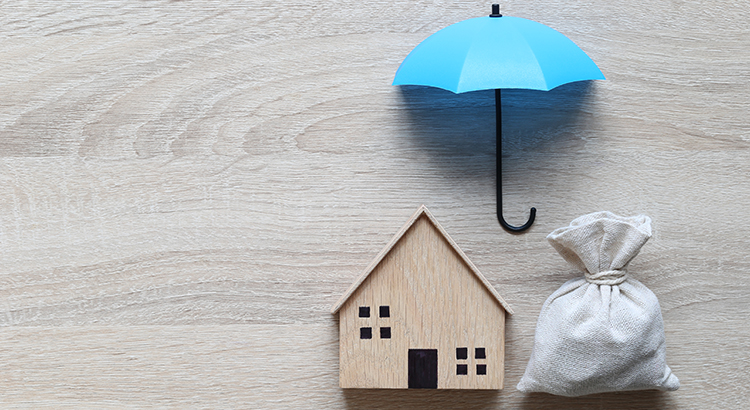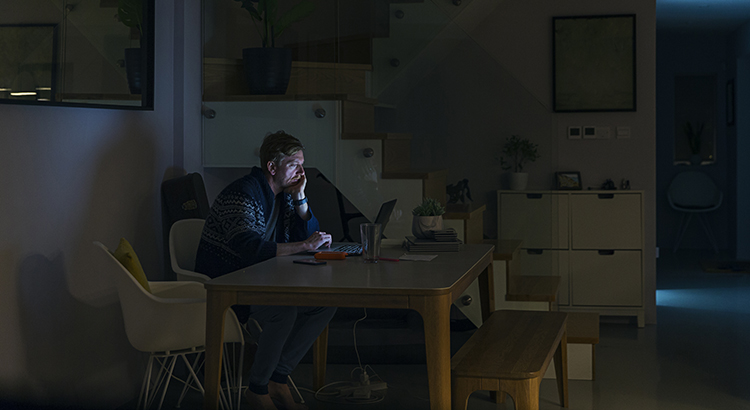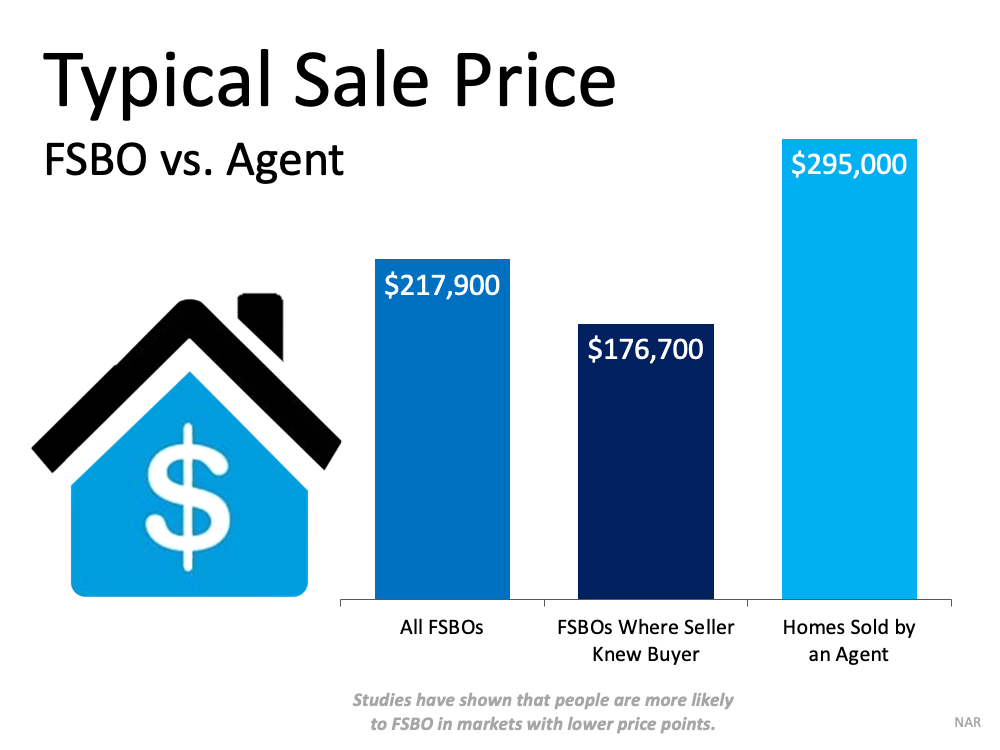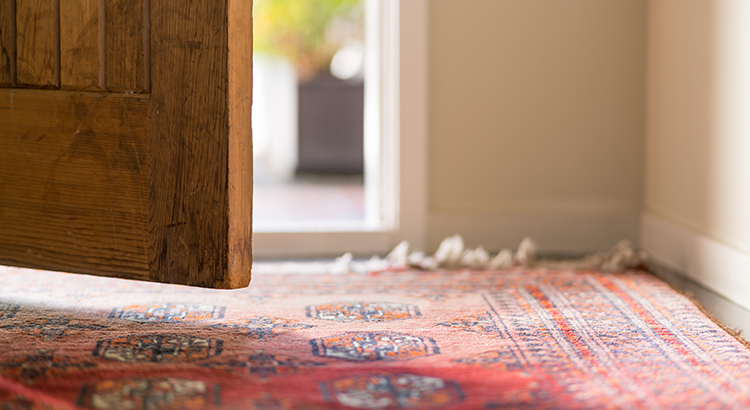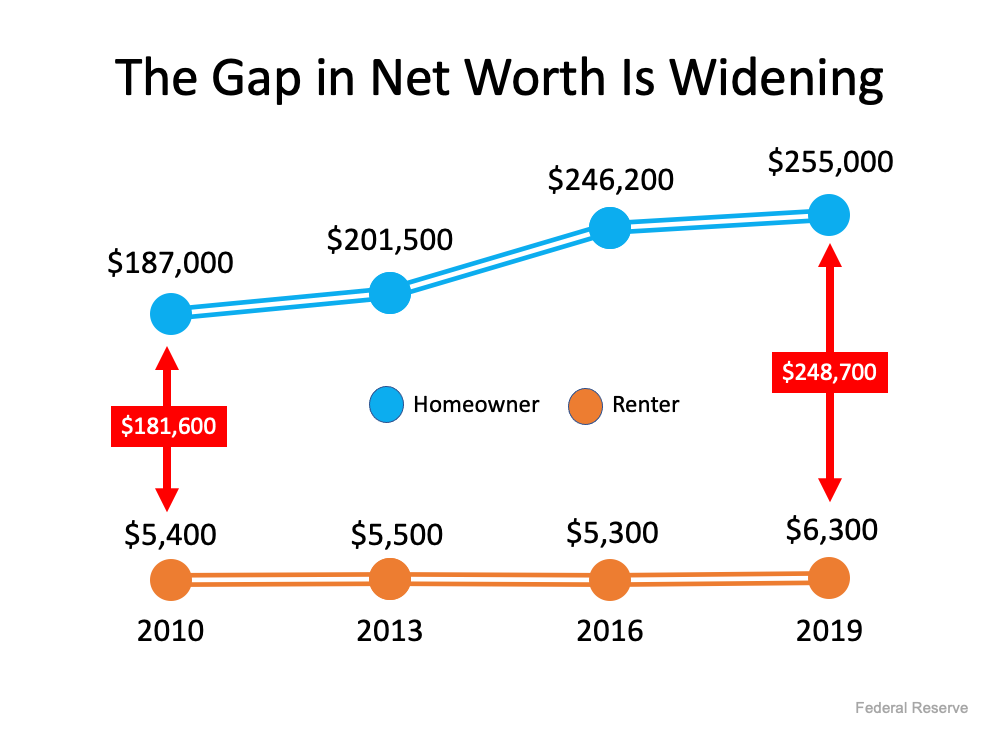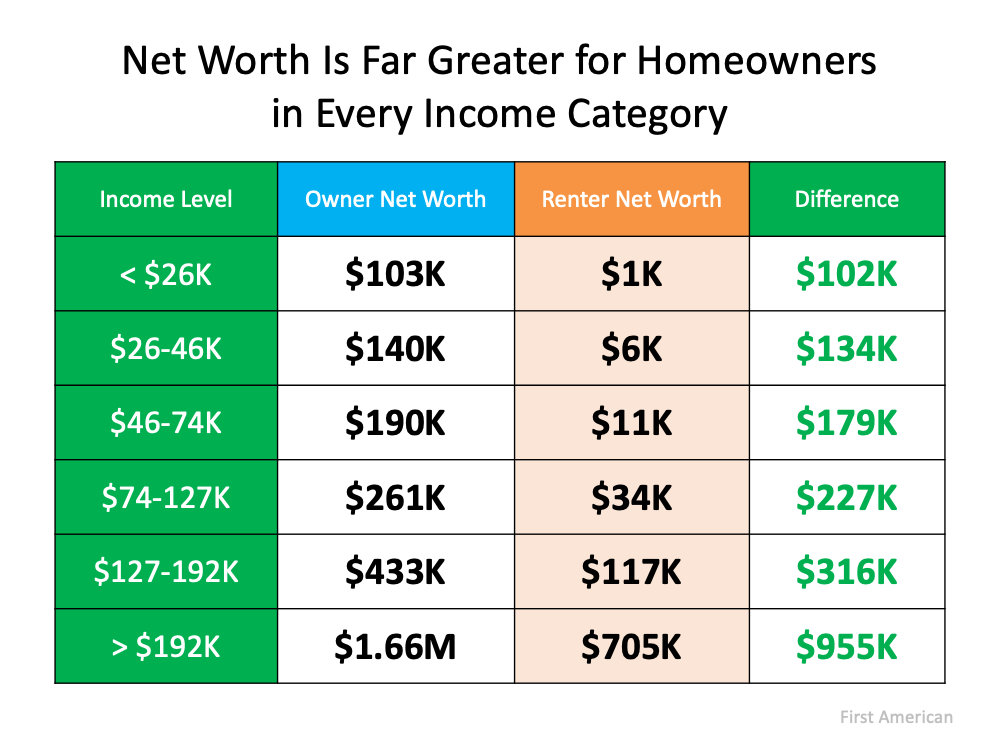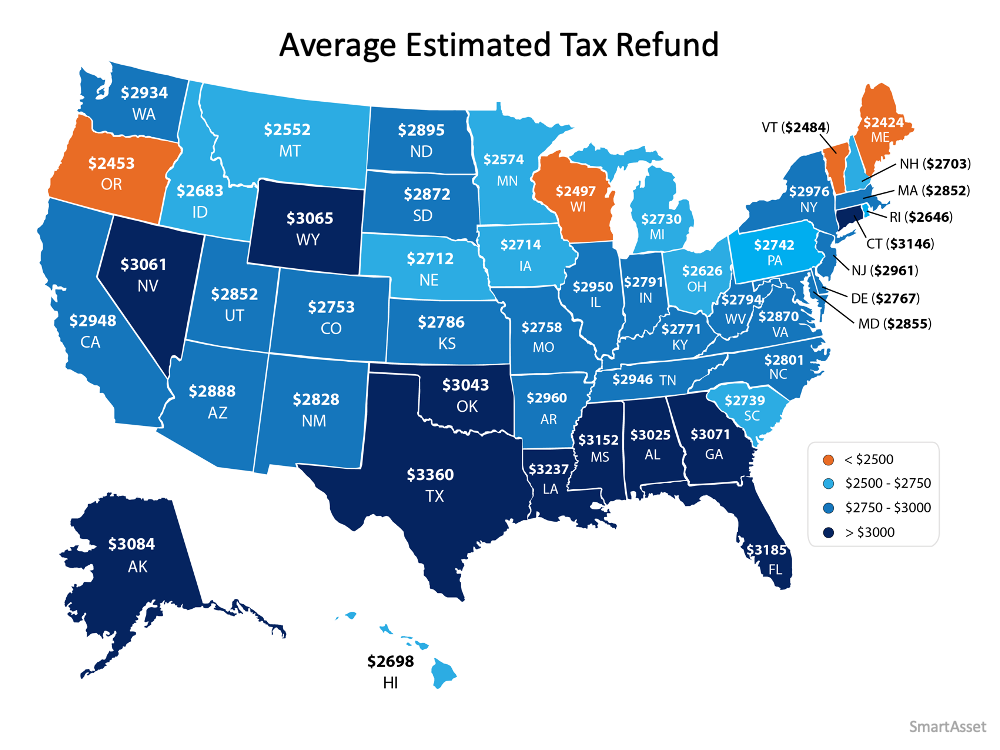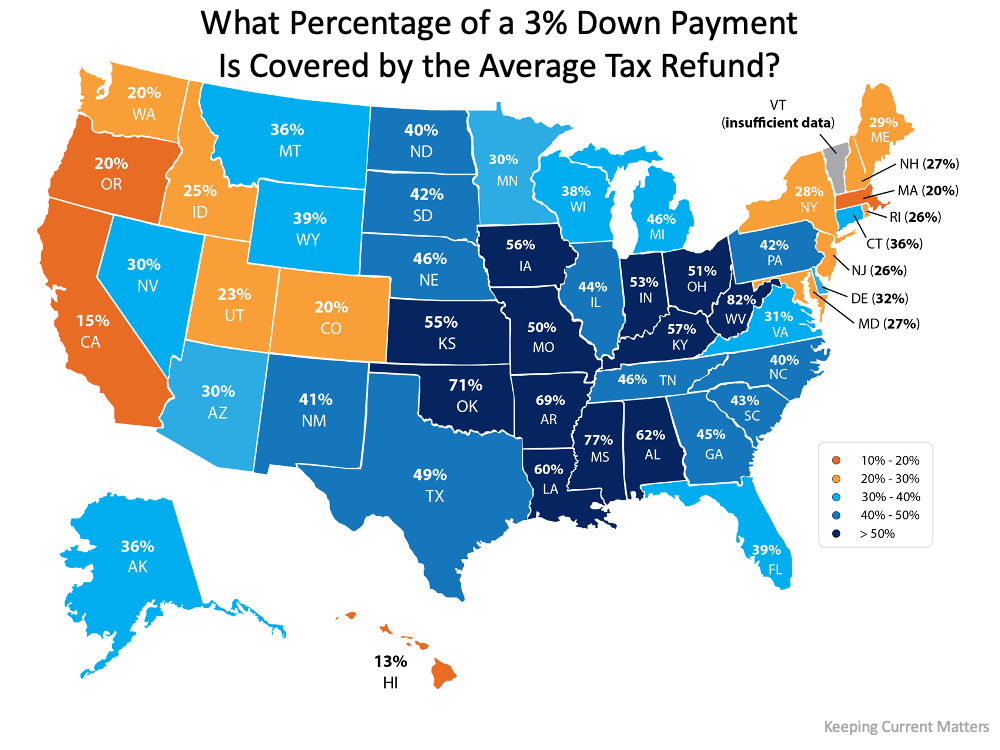As stores disappear, shopping in your own wardrobe becomes the ultimate luxury.
Amanda MullMay 2021 Issue
https://www.theatlantic.com/magazine/archive/2021/05/giant-closets/618393
This article was published online on April 8, 2021.
When I was a kid, my mother loved to take me out for some light trespassing. This was the 1990s, during which the Atlanta metropolitan area’s population grew nearly 40 percent, and housing construction boomed to match. McMansions were sprouting up on seemingly every tract of available land in my family’s once-modest suburb, and my mom—I say this affectionately—is the nosiest person alive. Often, in the middle of running errands, she’d whip her station wagon into some new development, surveil the scene until she found a house that looked finished enough, and see if the front door was unlocked. Or maybe the side door.
Even when I was in elementary school, her behavior struck me as wild. Mom insisted that the builders left the doors open so people would come in, look around, and buy the houses. I’m still not sure what to make of this logic; it’s difficult to measure your own family’s weird behavior against what happens unseen in other families.
What I did see, though, were the interiors of the houses other families would inhabit. In spite of my worries about going to child jail for crimes against McMansions (as a white kid in a mostly white suburb, I had a limited sense of the more dire consequences we might have faced if we hadn’t blended in quite so well), I understood instinctively why my mother loved traipsing through them. It was anticipatory voyeurism, an opportunity to gaze upon the granite countertops and built-in bookshelves that would soon greet the upper-middle-class families streaming into Atlanta from the Northeast and Midwest. It was also aspirational; maybe someday we’d replace our laminate counters, which I could already tell were not as fancy as the gleaming, speckled slabs of stone we admired.
Mom’s favorite parts of these houses were the kitchens and bathrooms, which are traditionally the spaces that builders rely on to endear buyers to a property. I, on the other hand, loved the closets. Our house, built in the early ’80s, had the then-basic suburban version—two bifold doors obscuring a rod for hangers and a shelf above it. In the newer homes, though, the walk-in reigned supreme. The concept blew my mind: One day, when I grew up, I might have so many pretty clothes that they’d need their own tiny room.
At first, my fascination felt like mine alone, but I soon saw it reflected in the pop culture I had begun voraciously consuming. The enormous closets of Candy Spelling, the wife of the Beverly Hills, 90210 producer Aaron Spelling, were a tabloid mainstay for much of the ’90s. In the 1995 movie Clueless, the fashion-obsessed main character uses a computer program to dig through her wardrobe; a motorized system then brings forth her selections. The 2000s gave us MTV Cribs, which took viewers inside sprawling celebrity homes, and made Mariah Carey’s department-store-scale dressing quarters the stuff of legend. And in 2008, when Carrie Bradshaw agreed to marry Mr. Big in the Sex and the City movie, she refused an engagement ring—instead, she wanted “a really big closet.”
Since then, with the help of ever-cheaper clothes, more and more Americans have sought to follow Carrie’s lead. The closet has transformed both spatially and spiritually, from cramped afterthought to personal sanctuary. At the very high end, closets can span multiple rooms and comprise a near-limitless set of amenities—vanities, desks, wet bars. They can even bear an uncanny resemblance to boutiques. As shopping continues to shift online, the ultimate luxury might be building a store of your own.
None of this is new; in fact, it’s very, very old. From the 1300s through the 1800s, Europeans used the word closet to refer to a space that really was a room unto itself. As the late architecture curator Henry Urbach once explained, the term then described “a place for retreat, prayer, study, or speculation.” Such rooms were also used to display precious objects, but above all they were havens, their purpose as much emotional as functional.
What most Americans now think of as a closet—a small void adjacent to a larger room—first emerged around 1840, when consumers found themselves needing a place to store all the goods that industrialization had produced. This closet “obscured itself by receding into the wall, and it attempted to ‘disappear’ the family’s stuff,” writes Shannon Mattern, an anthropologist at the New School. In this way, it allowed people to “relish in consumption and enjoy their material possessions”—but discreetly, while “maintaining a semblance of frugality and moral propriety.”
That model held for the next century or so, until the postwar American economy lurched into motion, setting the country on the conveyor belt that would eventually deliver it to Kylie Jenner’s mirrored hall of designer handbags, a tour of which has been viewed more than 15 million times on YouTube. Prosperity settled in the suburbs, where millions of families moved into progressively bigger homes. Today, the average new single-family home is more than 1,000 square feet larger than it was in the early 1970s, even though new homes have, on average, fewer people living in them. (Regardless of Americans’ lack of need for giant houses, our zoning laws create them; many local governments have made building apartments or condos effectively illegal, and they are supported in this by homeowners, many of whom fear attracting less wealthy neighbors but welcome anything that pumps up property values, such as bigger houses down the street. Developers are happy to comply.)
American homes not only have more space and fewer people than they once did; they also have a lot more stuff. “We’re conditioned that we need the right thing for the right activity,” Jill LaRue-Rieser, the senior vice president and chief merchandising officer for the custom-storage company California Closets, told me. As clothing in particular has gotten less expensive and more bountiful, big closets have become a selling point unto themselves. “The builders really figured it out,” she said. “If they could hook women with enough space for their shoes, they could sell the whole house.” Which is why, for decades, the country’s closets have had no reason to do anything but grow, fueling the perpetual-motion machine of the modern wardrobe—you have more space, so you don’t hesitate to buy more stuff, but eventually your big new closets seem cramped and small. At that point, maybe it’s time for a new place with even bigger closets.
This cycle kicked into high gear in the mid-’90s, as HGTV helped turn home improvement into a spectator sport. Unbeknownst to us, my family’s habit of browsing new houses was an expression of a much more widely felt curiosity about how others lived—and about how viewers could maybe live one day, too. Since the HGTV channel launched, in 1994, with a modest slate of shows about remodeling and interior design, it has become a cultural juggernaut; in 2019, it had the fourth-highest viewership of any cable channel. By giving people insight into how they might transform their homes, a process that had long been opaque, it’s been a tremendous boon to the home-improvement industry. When HGTV started, Home Depot and Lowe’s drew a little more than $18 billion in combined net sales; by 2018, that number had grown to almost $180 billion. Once viewers understood what was possible, many of them became intensely interested in changing their homes—and the era’s builder-grade, bare-bones walk-in closets provided a low-risk, high-reward project.
Home-improvement entertainment and wealth voyeurism have since joined forces with social media: Pinterest runs on the energy generated by people plotting the homes and wardrobes of their dreams. YouTube video tours of particularly grandiose closets rack up millions of views. On Instagram, aesthetically pleasing home-organization techniques are hungered after so ferociously that the Home Edit, which began as two friends cleaning out closets in Nashville, now has more than 5 million followers, a Netflix show, and a line of products at the Container Store—a company that, incidentally, opened two closet-only concept stores in the months before the pandemic began.
For the truly acquisitive, working within the dimensions of existing closets doesn’t cut it. That’s where other parts of America’s unusually giant homes come in. “People are using spare rooms,” Michaelle Bradford, the editor of Closets & Organized Storage, an industry trade publication, told me. Guest rooms are nice, but your parents might come to visit only twice a year. Your clothes, meanwhile, are a permanent resident of your home.
Bradford said that converting a spare room to a closet has become particularly popular in recent years because it accommodates various internet home-design fantasies: natural lighting, room for a center island, seating areas, and space to show off particularly beloved collections of sunglasses or handbags or sneakers. “If people have something they value a lot, they want to create a perfect space for it, to highlight it,” she told me.
For years, this level of fantasy fulfillment was available only to the wealthy. More recently, though, materials prices have come down and DIY products have become more sophisticated. California Closets and Martha Stewart recently launched a joint line of modular storage products designed to be moved from rental to rental. All of which means that those at the top have to make even more dramatic transformations to keep their lavish homes ahead of the pack. Lisa Adams, the owner of LA Closet Design, whose projects start at $50,000 and can easily exceed $1 million, told me her clients’ closets might be better described as “glamour compounds.” Sometimes they’re two or three stories; sometimes they have their own elevators; and sometimes, as was the case with one Houston client, they become the central showpiece at house parties, more brass ring than practical storage solution.
When Adams started her business in 2007, she said, people wanted a lot of cabinetry—drawers and doors to hide all their stuff. Now the trend has reversed, and she finds much of her design inspiration in the places from whence her clients’ wardrobes came: luxury stores. “I’ll tell clients, ‘Ultimately, you want to feel like you’re shopping in your own closet,’ ” she said. For people with extensive wardrobes, the ways that stores display inventory can be genuinely useful. But the concerns are not purely practical. “There’s a reason why people like to shop in boutiques,” Adams said. “The good lighting, things having a place, it’s uncluttered, there’s seating, there’s champagne—it’s just the whole feeling.”
In other words, extreme closets may be starting to resemble those of, say, 16th-century Europe: a collection of prized things on loving display, a comfortable seating area in the innermost sanctum of one’s home, maybe a little desk area to work in solitude. “It’s about being proud of your space, feeling really good and calm in your space,” Adams said. Just like the Renaissance-era closet enthusiasts—though they probably lacked a wine or coffee station.
Maybe it’s not so surprising that the earliest closets and the latest ones are linked across hundreds of years of existence and many physical iterations. In human history, the pursuit of personal space and privacy has motivated people to do far stranger things than put some shelving, a mini-fridge, and a club chair in the extra bedroom they rarely use; it was among the primary reasons for the establishment of the suburbs themselves.
In that way, the American closet’s expansion is the physical consequence of so many things about modern life in this country: the everyday attempts of regular people to reconcile an endless stream of new and improved consumer goods with their space and budget; to figure out whether they actually need—or even want—the things and ideas that are marketed to them; to have a room entirely of one’s own.
I don’t know if a closet can do all that. I do know, though, that once you hang up all your clothes, they provide a pretty good acoustic barrier to the noise of the outside world. I also know how isolating the realization of our desires can sometimes turn out to be.
This article appears in the May 2021 print edition with the headline “The Boutique in Your Bedroom.”
Amanda Mull is a staff writer at The Atlantic.

